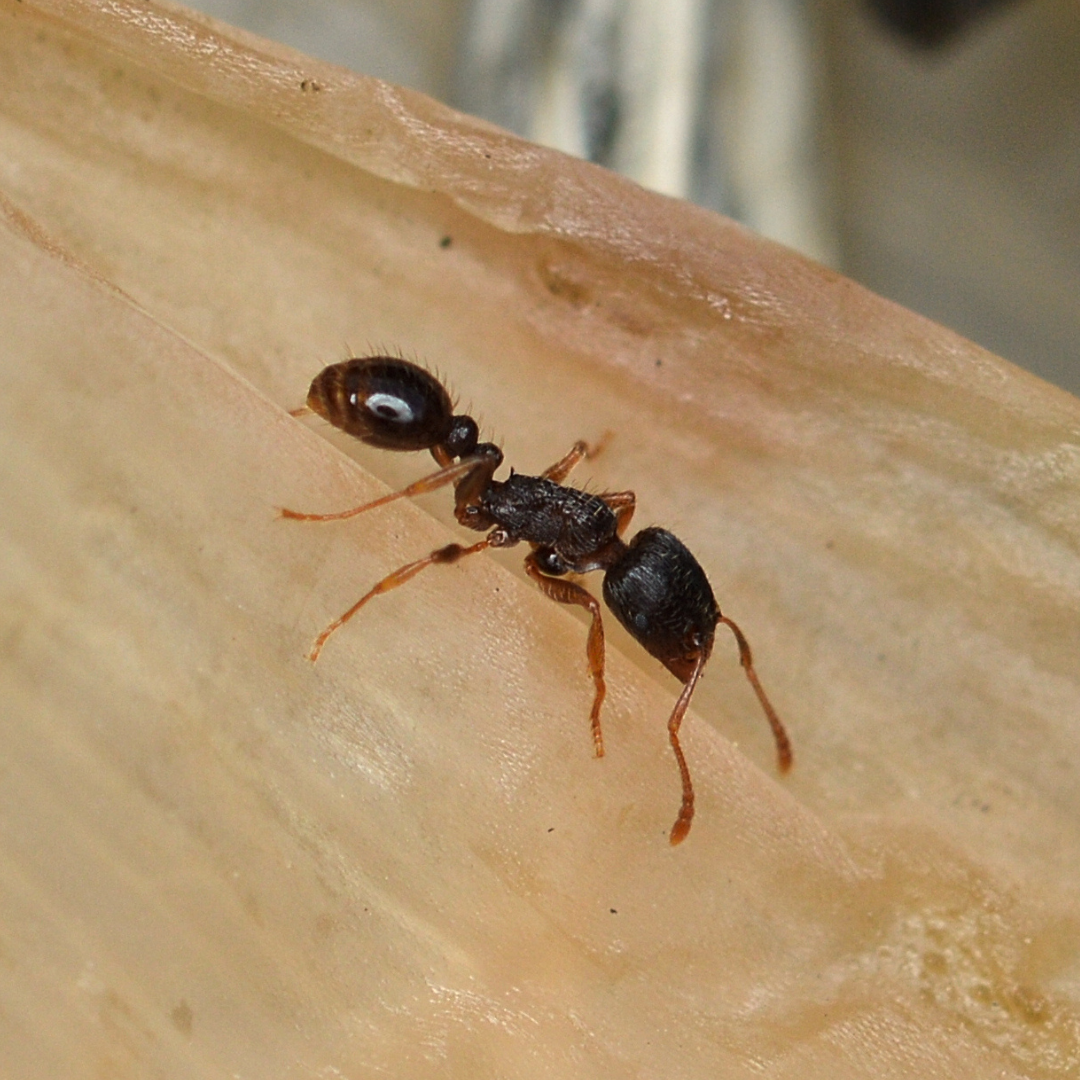ANTS
Pest Categories
St. Louis Ant Control
Ant Exterminators – Control & Removal
Ants, often observed in their relentless march, are a testament to nature’s intricacy. With over 12,000 species scattered across the globe, these eusocial insects present a fascinating study of order, discipline, and survival. Ant colonies, a marvel of biological architecture, can burgeon to house millions, making ants one of the most ubiquitous and resilient insect species.
The Hierarchy of the Ant Colony: A Closer Look
The ant colony thrives on a well-defined structure, ensuring its survival and expansion:
- The Queen: The cornerstone of the colony, the queen is distinguishable by her size and her pivotal role in reproduction. She dedicates her life to laying eggs, ensuring the colony’s continued growth. Large colonies may boast several queens, each vital to the colony’s expansion.
- Worker Ants: The workforce of the colony, these female ants are sterile and shoulder the responsibilities of foraging, nursing, and defending their home. Their tireless work ethic supports the colony’s needs, from food collection to larval care.
- Male Ants: Known as drones, their sole purpose is to mate with the queen. Their lifespan is brief, ending shortly after fulfilling their reproductive role.
Anatomy of an Ant: Decoding Their Physical Makeup
Despite their minute size, ranging from 1/8” to an impressive 1”, ants are engineered for survival. Their bodies, a study in efficiency, comprise a head, thorax, and abdomen, equipped with six legs, bent antennae, and potent mandibles for carrying objects several times their weight. Interestingly, ants perceive the world through vibrations, having no ears, and respire through spiracles, as they lack lungs. Their unique dual-stomach system allows them to transport nourishment back to the colony, showcasing their communal lifestyle.
The Lifecycle and Longevity of Ants
From egg to adult, an ant’s life is a swift transition, evolving through stages from larva and pupa to maturity in mere weeks. Worker ants may live up to 3 years, serving the colony, while queens can reign for up to 30 years. The death of a queen marks a critical juncture for the colony, often leading to its demise in the absence of a successor.
The Remarkable Traits and Behavior of Ants
Ants exhibit a variety of behaviors and characteristics that underscore their survival skills:
- Diet: Omnivorous in nature, ants’ dietary preferences include seeds and other insects, showcasing their adaptability.
- Strength and Organization: Their ability to lift objects multiple times their weight and their meticulous organization highlight their remarkable capabilities.
- Communication: Through chemical signals, ants alert each other of dangers and food sources, a testament to their complex social structure.
Habitats and Activity Patterns of Ants
Thriving in warmer climates, ants are most vibrant from spring through fall. Their habitats are as diverse as their species, ranging from underground burrows to arboreal nests, adapting ingeniously to both outdoor and indoor environments.
Understanding the Impact of Ant Infestations
While often harmless, ant infestations can become a significant concern. They pose risks ranging from food contamination and structural damage to painful encounters with species like fire ants, known for their aggressive defense mechanisms. Recognizing and addressing the signs of an infestation early can mitigate these risks, ensuring a safe and healthy environment.





